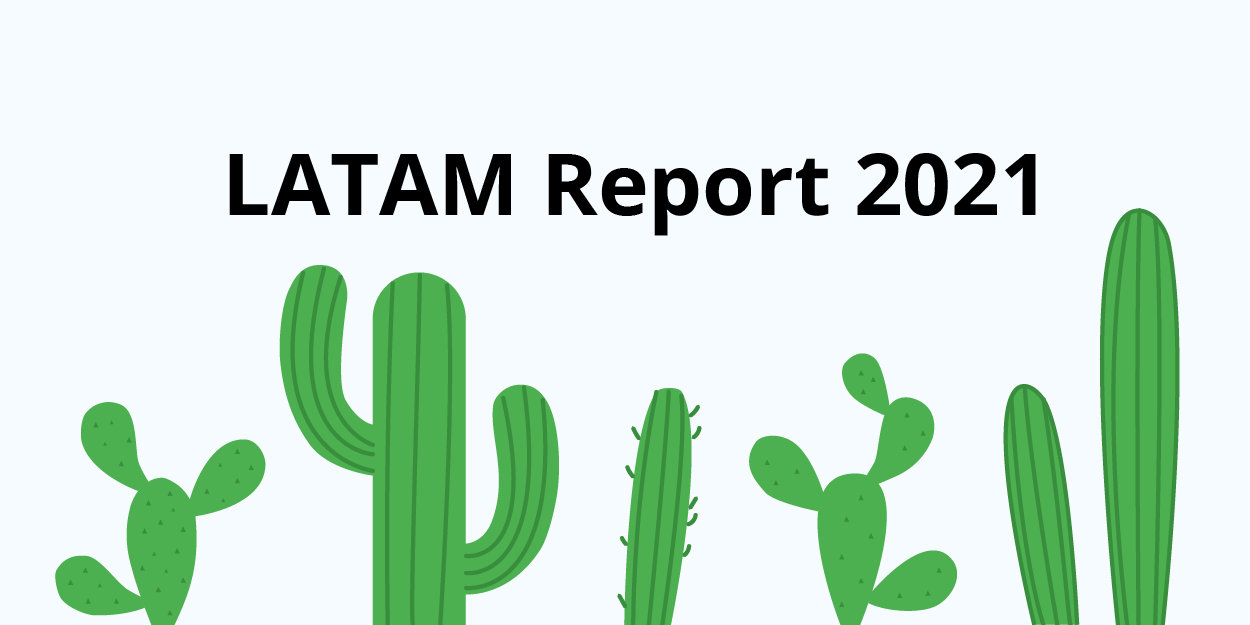Globally, the worst part of the COVID-19 pandemic seems to be already be in the rearview mirror as vaccines have become more widely available, better information about how the virus is transmitted has emerged, and countries have begun to adapt to living with the virus. Latin America and the Caribbean was the hardest hit region in 2020, with GDP growth declining by 7%—the most significant one-year decline since the struggles for independence in the 20th century.
In 2021, the recovery phase gained strength. GDP in the region rebounded by 6.8%. Fiscal deficits declined from 7.5% of GDP in 2020 to 5.8% as countries pared (but did not eliminate) budgetary expansion. Debt service, which includes interest payments and debt amortizations, reached an estimated 5% of GDP in 2021 and is expected to remain close to 4% of GDP in 2022 and 2023. Despite the still high fiscal deficits, average debt-to-GDP ratios stabilized and declined marginally from 72.6% in 2020 to 71.6% of GDP in 2021 due to stronger than expected growth.
The fintech ecosystem in Latin America and the Caribbean has experienced rapid growth and established itself as a critical factor in meeting the region’s financial consumers’ demands and needs. As shown in the Study: “Fintech Industry Doubles in Size in Three Years in Latin America”
The study shows the number of fintech platforms reached 2,482 in 2021, a growth of 112 % from 2018 to 2021. Nearly a quarter of fintech platforms globally – 22.6 % – are Latin American and Caribbean. Led by Brazil (31 % of the total), followed by Mexico (21 %), Colombia (11 %), Argentina (11 %), and Chile (7 %).
Growth was fueled by increasing demand for financial services not provided by the traditional financial sector, increased demand for digital financial services because of the COVID-19 pandemic, and regulatory changes that enhanced transparency and security for investors using these platforms.
The payments and remittances sector is the largest, accounting for 25% of the market and driven by recent regulatory developments in Brazil and Mexico. The digital loans (19%) and crowdfunding (5.5%) sectors are registering significant growth in the region. Business technology platforms follow these for financial institutions (15%) and business finance management (11%), among others.
The number of fintech platforms offering digital banking services, mainly through mobile apps, rose from 28 in 2018 to 60 in 2021.
36% of fintech startups offer solutions involving segments of the population that are totally or partially excluded from the formal financial system.
The average of fintech firms with a female founder/co-founder in the region rose from 35% in 2018 to 40% in 2020.
Fintech investment in the region led venture capital investments and accounted for 39% of the amount in 2021.
Even though the pandemic has posed many severe challenges for the region, the Latin American Startup sector is showing significant growth.
Brazil, Mexico, and Colombia are the three Latin American countries that have the most developed financial ecosystems and are thus most likely to see growth over the next decade or so. Income investors can benefit from the LATAM fintech growth by investing in short-term and installment loans offered by Vivus MX, Juancho te Presta, and ClickCash that yield up to 12% per annum.
Diversify your portfolio and invest in the growth of Latin America!




